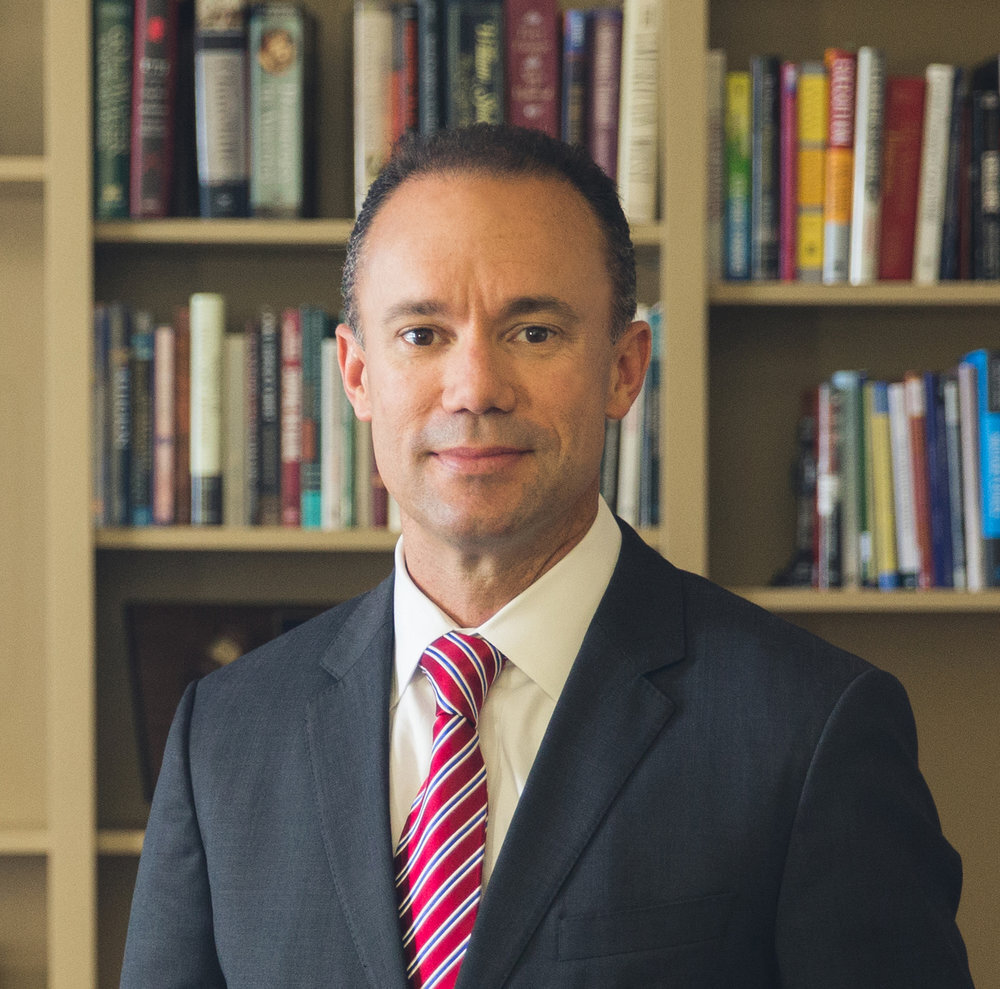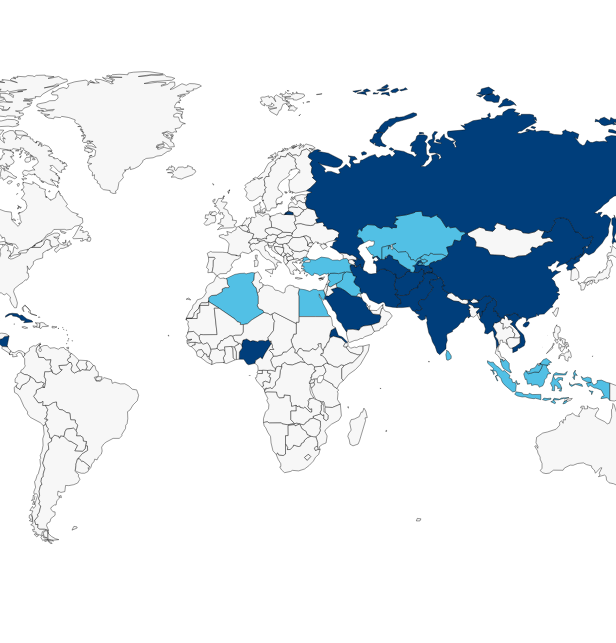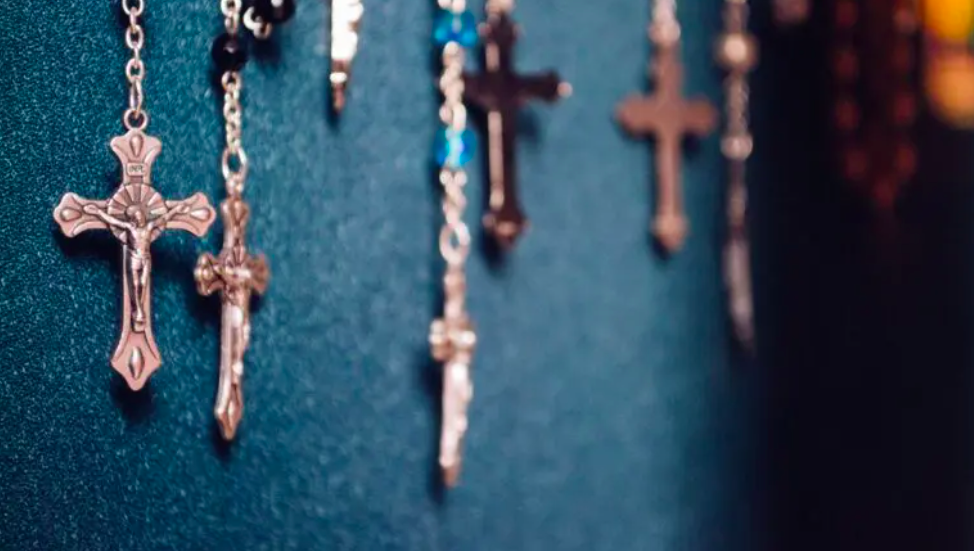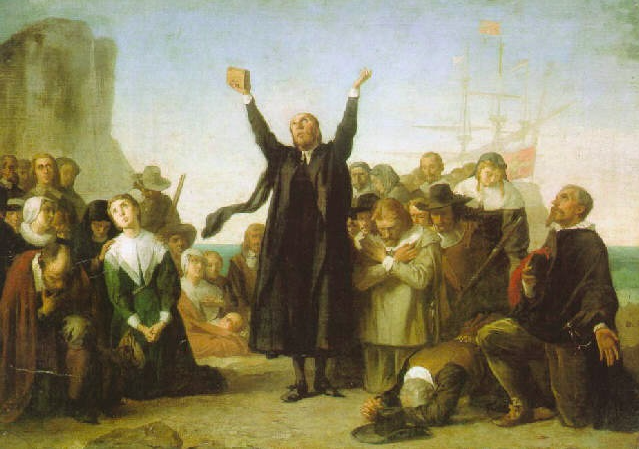
For those appalled by the potential of widespread Christian persecution in Afghanistan, I have bad news: the persecution imposed during the era of Taliban rule beginning in the 1990s never stopped. The Taliban’s ouster in 2001 did little to change societal norms that are anti-Christian and anti-religious minority generally. Let’s take a look back at the situation shortly after the new Afghan government was elected (November 2005) and at cases of blasphemy and apostasy, and then we’ll fast forward to conditions on the ground in 2020. Western diplomacy has simply avoided tackling this religious freedom crisis. Political authorities typically take two approaches to bludgeoning religious minorities in Afghanistan, Pakistan, and countries with similar regimes: imposing punishments for apostasy (the crime of converting from Islam) and blasphemy (the crime of denigrating Islam). Take the case of Abdul Rachman, who inFebruary 2006, was arrested for apostasy. Rachman had converted to Christianity sixteen years earlier while working for a Christian NGO in Peshawar. He left the area and worked in Germany for nine years, returning in 2002. Rachman says that he returned in order to gain custody of his daughters, who had been living with his parents. His parents reported to authorities that their son had converted to Christianity after a Bible was found in his possession.
The judge trying the case issued the following statement, “The Attorney General is emphasizing he should be hung. It is a crime to convert to Christianity from Islam. He is teasing and insulting his family by converting…we are not against any particular religion in the world. But in Afghanistan, this sort of thing is against the law. It is an attack on Islam.”[1]
Other influential Afghan clerics urged the death penalty as well. The chief cleric at Haji Yacob Mosque said: “The government is scared of the international community. But the people will kill him if he is freed…There will be an uprising. The government will lose the support of the people. What sort of democracy would it be if the government ignored the will of all the people?” A member of the Afghan Ulama Council demanded, “The government is playing games. The people will not be fooled. Cut off his head! We will call on the people to pull him into pieces so there’s nothing left.” Perhaps most telling is the argument of Mirhossain Nasri of the Hossainia Mosque: “If he is allowed to live in the West then others will claim to be Christian so they can too. We must set an example….He must be hanged….We are a small country and we welcome the help the outside world is giving us, but please don’t interfere in this issue. We are Muslims, and these are our beliefs. This is much more important to us than all the aid the world has given us.”[2]
In late March 2006, Rachman was freed. It is clear that international pressure was applied to the Karzai government because the court dismissed the case due to lack of evidence. But because Rachman was still in mortal danger, he was spirited out of the country.
In a different case, Parwez Kambakhsh was accused of blasphemy for writing an article that criticized the Quran’s depiction of women. He was also alleged to have had an offending history book in his possession, to have “asked difficult questions” in his courses, and to have sent an inappropriate joke in a text message via cell phone. Kambakhsh says that he did not write the offending article but merely downloaded it and forwarded it to friends.
A year and a half after Kambakhsh was detained, the court convicted Kambakhsh of blasphemy, sentencing him to twenty years in prison. His lawyer, Azfal Nooristani, found out about the decision nearly a month later, saying: “I had a legal right to see the Supreme Court judges, but they would not see me; they did not let me submit my defense statement. They had already made up their minds.”[3] Elsewhere, another Afghan journalist has been charged with blasphemy for translating the Quran into one of Afghanistan’s official languages, Dari. He also faces twenty years in prison.
These cases were not from the fringe. They were not cases of the Taliban or al-Qaeda kidnapping or murdering Western aid workers. Rachman and Kambakhsh were Afghan citizens exercising what the West believes to be a fundamental right – one that is mentioned in the Afghan constitution and is protected by international covenants that Kabul had publicly signed. These cases were important tests – albeit failed tests – of competing values systems in Afghanistan following the liberation of the country from the Taliban.
Fast-forward to 2021. After nearly two decades of Western influence and a trillion dollars spent, has Afghanistan progressed toward religious freedom? The bottom line is that, as the U.S. Commission on International Religious Freedom has documented every year since 2006, egregious religious freedom violations occur in Afghanistan regularly. In fact, the Commission labels it a “Tier 2” country (what the U.S. State Department calls a “special watch list country”) alongside other notorious repressive countries such as Cuba, Nicaragua, Uzbekistan, Algeria, and the Central African Republic. Perhaps more importantly, USCIRF has recommended for some time that the Taliban, which operated with impunity in some parts of the country prior to August 2021, be designated an “entity of particular concern.”
The following is directly quoted from the U.S. State Department report[4] on religious freedom conditions in Afghanistan in 2020:
The constitution establishes Islam as the state religion but stipulates followers of religions other than Islam may exercise their faith within the limits of the law. Conversion from Islam to another religion is considered apostasy, punishable by death, imprisonment, or confiscation of property.
Representatives from the predominantly Shia Hazara community continued to say the government’s provision of security in Shia-predominant areas was insufficient. … they said the government distributed arms directly to the Shia community ahead of large Shia gatherings.
Following a series of deadly attacks by ISIS-Khorasan (ISIS-K) in March that targeted Sikhs and killed 25 persons, approximately 200 members of the Sikh community departed the country for India… According to the Hindu and Sikh communities, their members continued to avoid settling commercial and civil disputes in the courts due to fear of retaliation by the local community and instead chose to settle disputes through community councils.
During the year, the UN Assistance Mission in Afghanistan (UNAMA) recorded 19 attacks attributed to ISIS-K and other antigovernment elements targeting places of
worship, religious leaders, and worshippers.The Taliban continued to kill or issue death threats against Sunni clerics for preaching messages contrary to its interpretation of Islam. Taliban gunmen killed progovernment imams and other religious officials throughout the country. The Taliban continued to warn mullahs not to perform funeral prayers for government security officials.
One mullah in Herat reportedly detained and punished with beatings more than 100 persons for what he said were violations of sharia; authorities did not restrain his activities, citing the need to focus on the Taliban.
Women of several different faiths reported continued harassment by local Muslim religious leaders over their attire, which they said made it necessary for almost all women, both local and foreign, to wear some form of head covering.
Baha’is and Christians lived in constant fear of exposure and were reluctant to reveal their religious identities to anyone. Christian groups reported public sentiment, as expressed in social media and elsewhere, remained hostile towards converts and to Christian proselytization. They said individuals who converted or were studying Christianity reported receiving threats, including death threats, from family members.
Christians and Ahmadi Muslims reported they continued to worship only privately, at home or in nondescript places of worship, to avoid discrimination and persecution. One mullah in Herat reportedly detained and punished with beatings more than 100 persons for what he said were violations of sharia.
That was the status of religious freedom in Afghanistan in 2020, with thousands of Western military forces on the ground, a quasi-representative government in Kabul, and tens of thousands of aid and private sector Westerners spread across the country. If it was that bad in 2020, one can only imagine how bad the resurgence of the Taliban will be for the religious minorities in Afghanistan now.
How do we get beyond this? I wish that there was reason for hope. However, in the short term, the United States and allied governments should do everything possible to protect religious minorities in Afghanistan. As I have argued elsewhere, going forward, the United States and other governments should aggressively disrupt the Taliban’s legitimate and illicit economic activities if it continues to attack Afghanistan’s religious minorities.[5]
A return to the pre-2001 status quo must be seen as an entirely unacceptable possibility, for the well-being of Afghan Christians and other vulnerable faith groups, for U.S. national security, and for the stability of the region.
Endnotes
[1] “Clerics demand death for Christian convert,” Associated Press, 2006-MAR-23.
[2] “Clerics Call for Christian Convert’s Death Despite Western Outrage,” Associated Press, 2006-MAR-23, at: http://www.foxnews.com/
[3] Qtd. in “Afghanistan: 20 Year Sentence for Journalist,” 10 March 2009 at www.hrw.org/en.news/2009/03/10/afghnistan-20=year-sentence-upheld?ptp.
[4] Available at: https://www.state.gov/reports/2020-report-on-international-religious-freedom/afghanistan/.
[5] https://providencemag.com/2021/07/power-security-joe-biden-withdrawal-afghanistan/
Eric Patterson serves as Executive Vice President of the Religious Freedom Institute. Patterson is also scholar-at-large and past dean of the Robertson School of Government at Regent University and a Research Fellow at Georgetown University’s Berkley Center for Religion, Peace & World Affairs.
All views and opinions presented in this essay are solely those of the author and publication on Cornerstone does not represent an endorsement or agreement from the Religious Freedom Institute or its leadership.
THE RFI BLOG

Myths of Religious Nationalism in America and Abroad

France’s Olympic Hijab Ban Violates International Law And Exacerbates Tensions

RFI Briefs USCIRF on Lessons from 25 Years of U.S. Designating Religious Freedom Violators

Thought Police: Protecting the People from Prayer

A Religious “Delaware”: Establishing a State Haven for Religious Corporations
CORNERSTONE FORUM

Challenges to Religious Freedom in Iraq and the Critical Need for Action

Public Bioethics & the Failure of Expressive Individualism

Religious Liberty in American Higher Education

Scotland’s Kate Forbes and the March of Secularism

